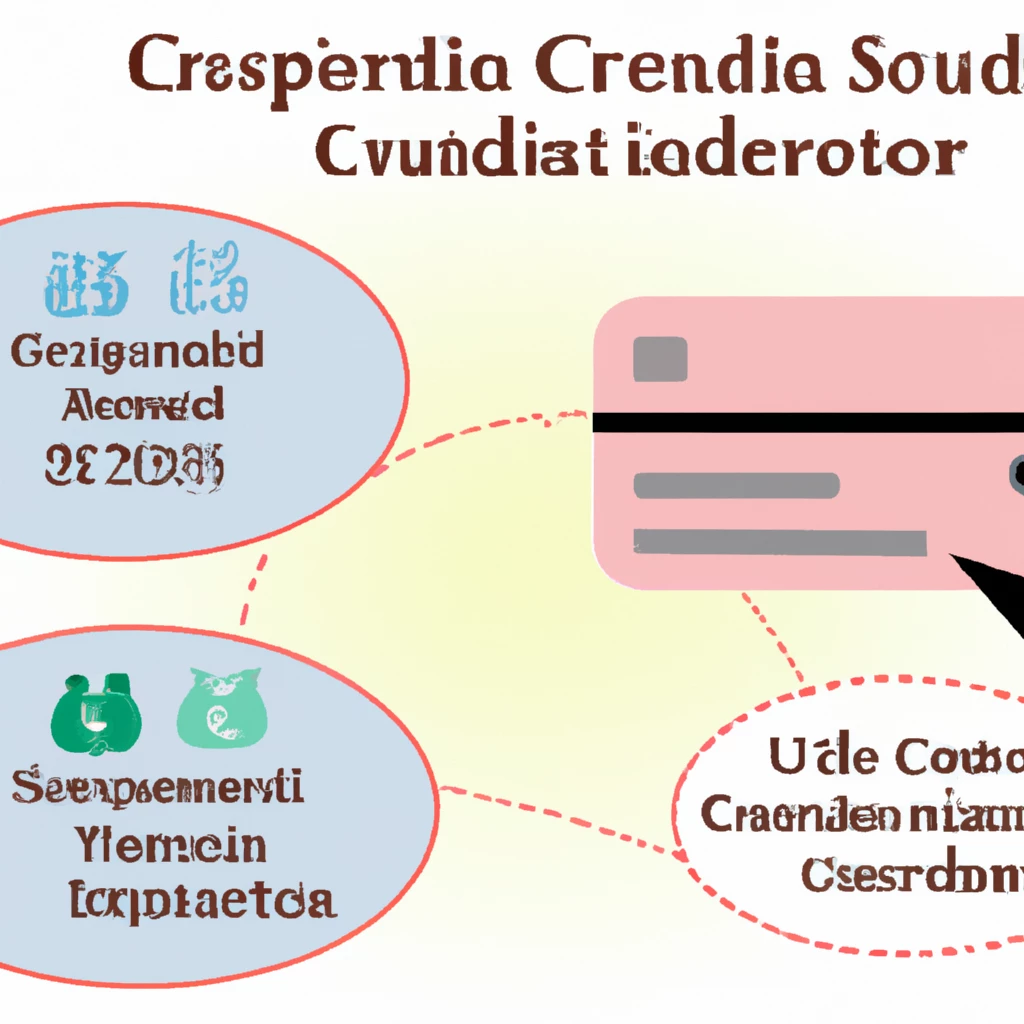Understanding Credit Utilization Ratio
Credit utilization ratio refers to the proportion of a borrower’s available credit that is currently in use. This ratio plays a crucial role in determining an individual’s credit score, as evaluated by credit reporting agencies.
Lowering your credit utilization ratio can positively impact your credit score. It is advisable to avoid closing credit cards, as having a low ratio is more beneficial than having a closed account.
Functionality of Credit Utilization Ratio
Credit utilization ratio mainly focuses on a borrower’s revolving credit. It is a measure that compares the total debt used by a borrower to the total revolving credit approved by lenders.
Your debt-to-income ratio significantly impacts your credit score, affecting your creditworthiness. Keeping your revolving credit usage below 30% can help maintain a higher credit score.
Calculating Your Credit Utilization Ratio
To determine your credit utilization ratio, add up all outstanding balances and credit limits across your credit accounts. Divide the total balances by the total credit limit, then multiply by 100 to get the ratio as a percentage.
Example of Credit Utilization Ratio
For instance, if a borrower holds three credit cards with varying credit limits and balances:
- Card 1: Credit line $5,000, balance $1,000
- Card 2: Credit line $10,000, balance $2,500
- Card 3: Credit line $8,000, balance $4,000
The total revolving credit is $23,000, with a total credit used of $7,500. Hence, the credit utilization ratio is 32.6%.
Impact of Credit Utilization on Borrowers
Credit utilization fluctuates as borrowers make purchases and payments. Any outstanding balance on revolving credit is periodically reported to credit agencies throughout the month.
Lenders’ reporting timings can influence credit utilization levels, requiring patience to see changes. It may take two to three credit statement cycles for utilization levels to drop with debt repayment.
Special Considerations
Transferring balances between cards does not alter the credit utilization ratio. Nonetheless, switching to lower-interest cards can be advantageous long-term in maintaining lower balances.
Closing unused credit cards may negatively impact your credit score by reducing available credit. This action can increase your credit utilization ratio and potentially lower your score. Similarly, opening new cards can lower your ratio but may negatively affect your score due to increased inquiries.
Ideal Credit Utilization Ratio
Experian suggests keeping your credit utilization below 30%. For example, with $15,000 in credit, maintain a balance under $4,500.
Impact of Credit Utilization on Credit Score
Credit utilization contributes 30% to how creditors assess your credit score. High utilization can negatively impact your score.
Pros and Cons of No Credit Utilization
No credit utilization may not benefit your score, as lenders prefer to see managed credit. Keeping a low utilization rather than having none could be more advantageous for your credit.
Enhancing Your Credit Utilization
To improve your ratio, pay down debts to under 30% of available credit. You can also request higher limits, open new cards, or maintain a zero balance on a card. However, timely debt repayment is the most effective way to enhance your credit utilization.
Final Thoughts
Your credit utilization ratio significantly influences your credit score. By reducing debt and responsibly managing credit lines, you can improve this ratio and enhance your financial standing.
